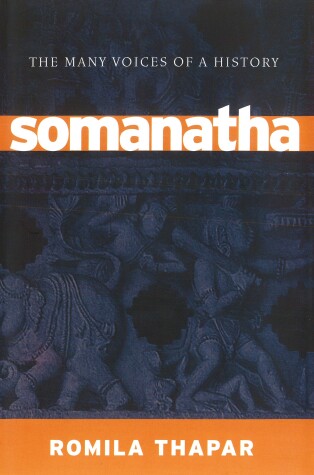In 1026, Sultan Mahmud of Ghazni raided the Hindu temple of Somanatha (Somnath in textbooks of the colonial period). The story of the raid has reverberated in Indian history, but largely during the raj. It was first depicted as a trauma for the Hindu population not in India, but in the House of Commons. The triumphalist accounts of the event in Turko-Persian chronicles became the main source for most eighteenth-century historians. It suited everyone and helped the British to divide and rule a multi-millioned subcontinent. In her new book, Romila Thapar, the doyenne of Indian historians, reconstructs what took place by studying other sources, including local Sanskrit inscriptions, biographies of kings and merchants of the period, court epics and popular narratives that have survived. The result is astounding and undermines the traditional version of what took place. What makes her findings explosive is the fact that the current Hindu nationalist regime in India constantly utilizes a particular version of history
- ISBN10 1844670201
- ISBN13 9781844670208
- Publish Date 27 July 2005 (first published 31 December 2003)
- Publish Status Active
- Publish Country GB
- Imprint Verso Books
- Edition New edition
- Format Hardcover
- Pages 265
- Language English
- URL https://penguinrandomhouse.com/books/isbn/9781844670208
